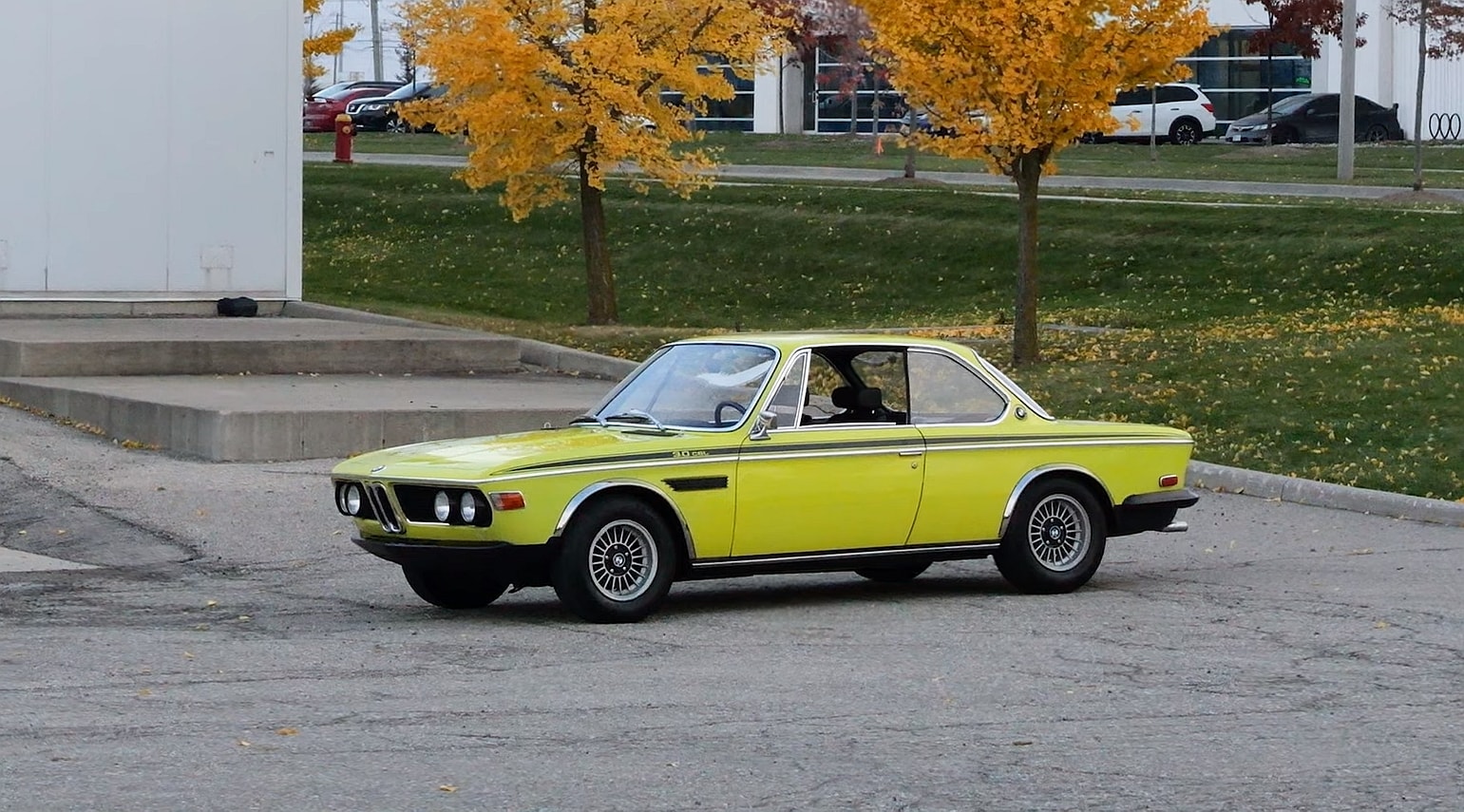What constitutes the greatest BMW ever produced? Some advocate for the E30-generation BMW M3, while others extol the virtues of the 1950s 507, a car that nearly bankrupted the company. In my estimation, it’s the E9, the forerunner to the 6 Series.
Manufactured from 1968 to 1975, the E9 stands as the most aesthetically pleasing BMW ever crafted in my view. Yet, it’s not solely Wilhelm Hofmeister’s design cues that raise the E9 to classic status. The E9 also marked the BMW M division’s inaugural foray into race car development. Founded in the early 1970s, the division was established to bolster the company’s racing endeavors.
This endeavor birthed the 3.0 CSL, a homologation specially engineered to render the E9 eligible for competition in the European Touring Car Championship. Derived from the 3.0 CS, the CSL boasted a notably lighter construction compared to its showroom counterpart. Utilizing thinner sheet metal, and aluminum panels and omitting trim and soundproofing, BMW slashed the car’s weight by 300 pounds (136 kg).

Initially equipped with the 2,986 cc inline-six engine from the CS, BMW later increased displacement to 3,003 cc in 1972, facilitating the coupe’s participation in the “over 3.0-liter” class. Shortly thereafter, the 3.0 CSL received a 3,153 cc powerplant, producing 203 horsepower and 211 pound-feet (286 Nm) of torque.
In addition to the enhanced engine, the 3.0 CSL featured a homologated aerodynamic body kit, earning it the moniker “Batmobile.” The kit comprised a substantial front spoiler, front fender fins, a roof spoiler, and a prominent rear wing.
The 3.0 CSL enjoyed a stellar inaugural season, clinching the 1973 European Touring Car Championship. It also secured class victory at the 24 Hours of Le Mans that same year. Subsequently, the CSL amassed an additional five ETCC championships from 1975 to 1979 and achieved success in the IMSA GT Championship.
With only 1,265 units produced until 1975, when the E9 yielded to the E24 6 Series, the featured car stands as a testament to BMW’s storied history. Notably, it’s one of the rare first series 3.0 CSLs, with just 169 pre-production prototypes crafted before regular production commenced in 1972. Moreover, it’s one of only 55 units finished in Gold Leaf.
Distinguishing itself from later 3.0 CSLs, this example retains its originality, boasting twin Zenith 35/40INAT downdraught carburetors instead of fuel injection. This commitment to authenticity extends to its factory configuration, making it a veritable time capsule.
Adorned in yellow paint with black stripes, the inline-six engine remains a numbers-matching unit. Furthermore, this 3.0 CSL is among the select few that found their way to US shores.
Despite never being offered in North America, this particular model was originally delivered in Italy before arriving in the United States in 1982. A rare find indeed, this review offers an in-depth look into one of Germany’s finest and most elusive automobiles.

